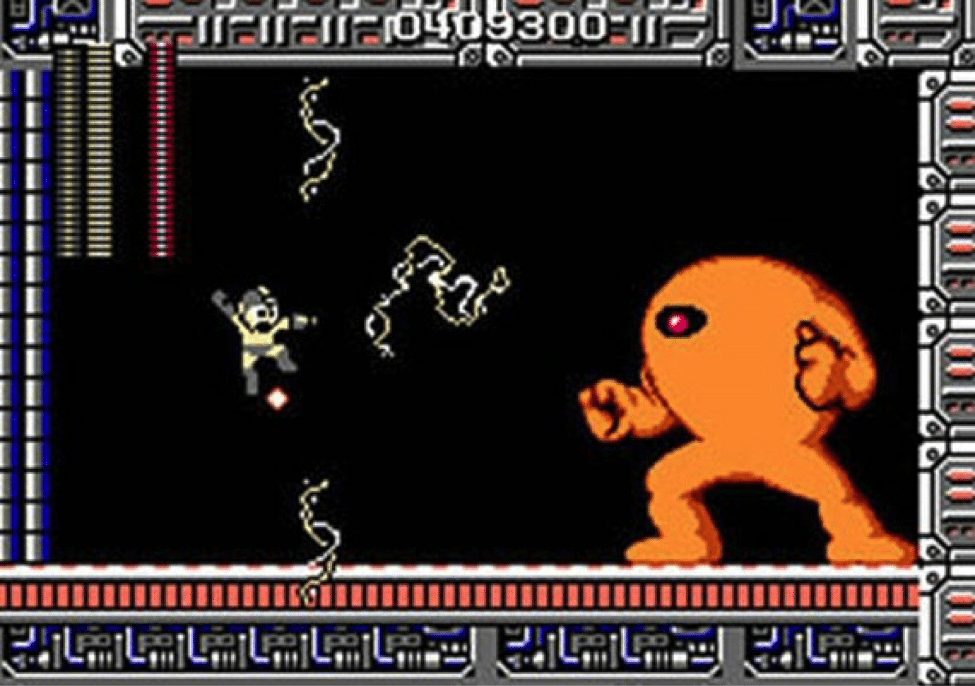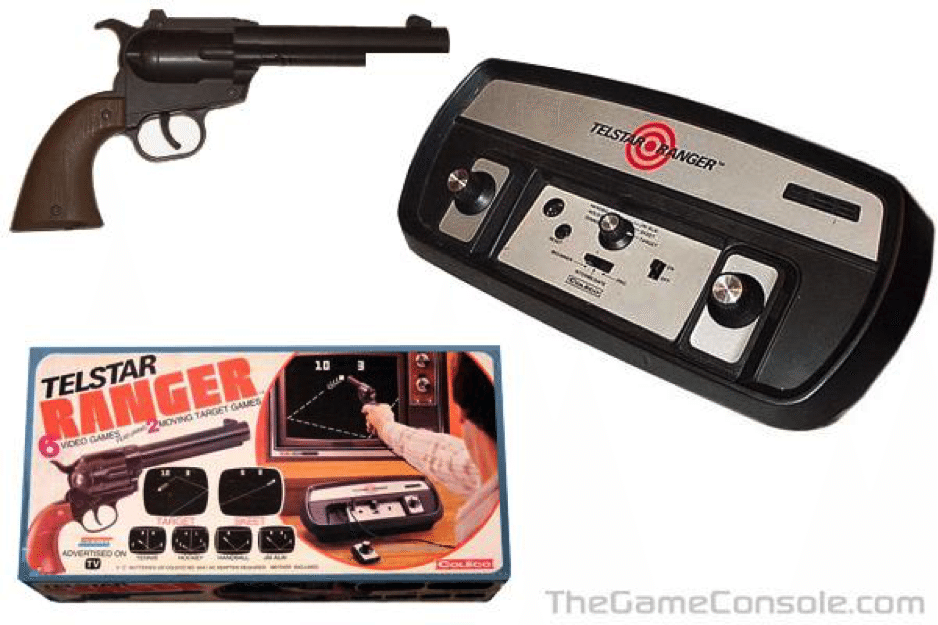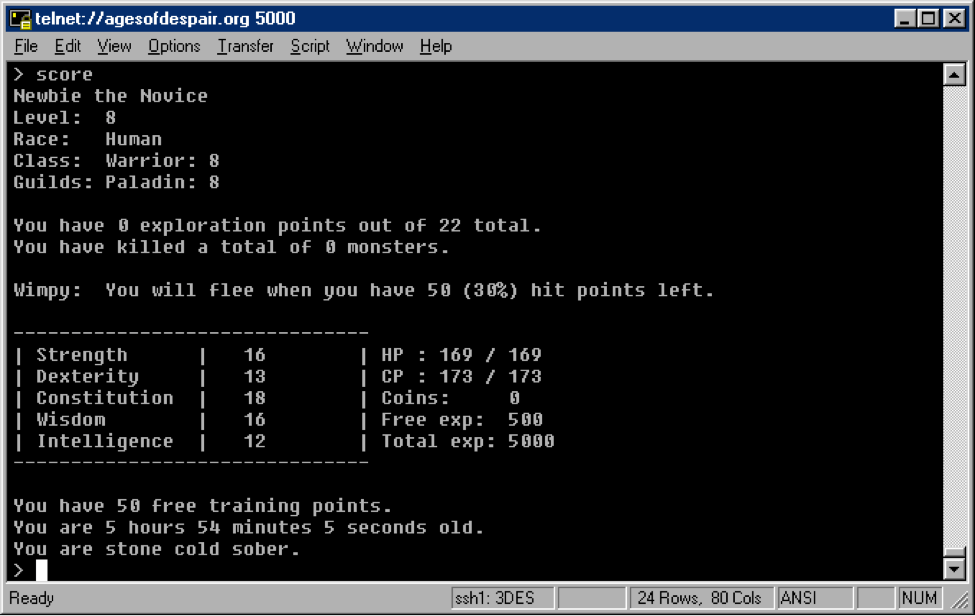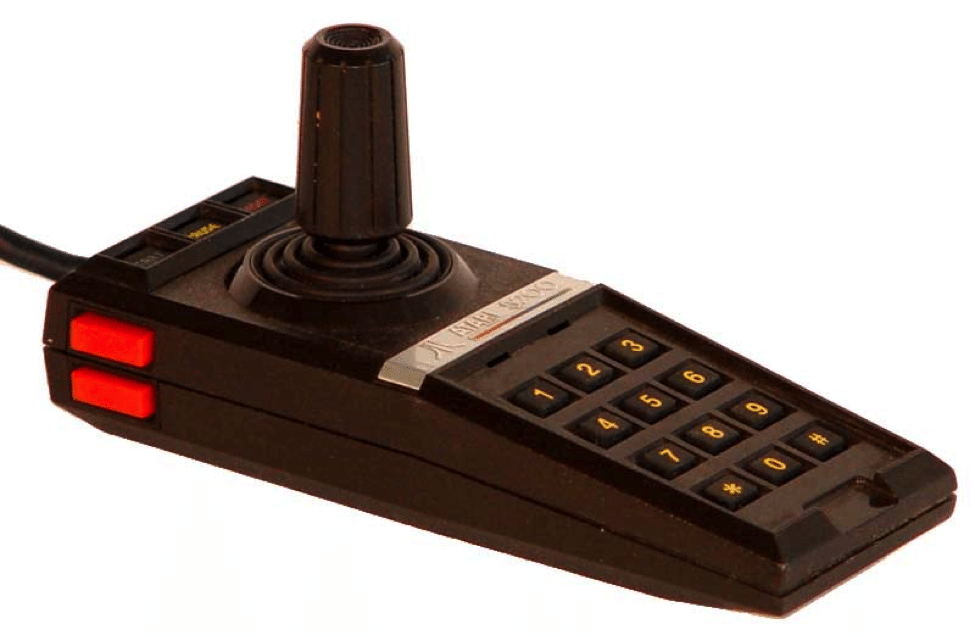Since I literally got into gaming when video games were first mass-marketed for the general public, my view on gaming has been skewed by my experiences over the years. This is most evident when my daughter bitches about something while playing a game that makes me want to get on my old-man soapbox and wax about the old days. She recently whined about having to save a game because we had to go somewhere. She didn’t have to go to a save point; she literally just had to pause the game and elect to save it. My old-man juices started boiling to the point where I almost yelled, “YOU KNOW, BACK IN MY DAY…”
That got me into a new line of thinking. I thought to myself, “What things about gaming nowadays do modern console gamers take for granted?” I understand that the things I’m going to mention are taken for granted because many gamers have literally had them all their lives, but it bears to mention that they didn’t always exist. So please, give me my one “you kids get off my lawn!!!” moment and allow me to indulge myself. These are five things that modern console gamers take for granted.
Also understand, this is my top five, culled from my experience as an ancient gamer. I could easily add two or three more to this list; this is my opinion and my opinion only.
#1: Save Slots
Back in 1990, my ex-wife was still coming to grips with my love for gaming. The Nintendo Entertainment System (NES) brought me back into gaming from the doldrums of the mid-80s, and I loved every single moment of it. Things came to a head between us when I rented Mega Man from a local video shop. I had asked the man behind the counter what he thought were the most difficult games, and he produced that cartridge almost instantly.
Mega Man on the NES: no save files here!
The next 4 days were absolute torture for both my ex-wife and I. I was tortured because the game was beating me like a rented mule; she was tortured because I would keep the console on overnight. Why? BECAUSE THE GAME WOULD NOT LET ME SAVE MY PROGRESS!
The original Mega Man was released at a time when battery-backed saves were expensive and rare. The Legend of Zelda was the first NES game that employed the battery backup, and that ability was a luxury back then. Password saves were not common, either, and Mega Man 2 would be the first title in that series to use passwords to save progress. So if you turned off the console while playing the original Mega Man, your progress was lost. A gamer would have to restart from the beginning when they restarted the game.
I wanted to beat Mega Man. Badly! So I would keep the NES on overnight, on pause, so that I could pick up where I left off the following morning. Needless to say, my then wife was not pleased. She assumed our light bill would quadruple because of my actions. Either that or the NES would set the house on fire. She also didn’t understand why I would want to beat a video game THAT BAD! To her eternal credit, she would get it eventually.
Save Slots are a virtual given in modern games, and many young gamers don’t think twice about saving their game now. Shit, most games save for you AUTOMATICALLY! Had they experienced what I had, they would appreciate it WAY more!
#2: Interchangeable Games
My first home gaming console was the Telstar Ranger, the pride of Pong technology in 1977. It played several variations of one game: the aforementioned Pong. That was it. The variations may have had different names, like Soccer and Ice Hockey, but they were all Pong.
My first console, the Telstar Ranger.
The ability to physically change games was introduced with the Fairchild Channel F, a console that was released in 1976 and that, at $169.95 in 1970s dollars, was too rich for my family’s collective wallet. My household would not experience interchangeable games until Christmas 1979, with the purchase of the Atari Video Computer System (VCS), the console that would be later known as the 2600. The ability to change games – actually changing game styles from sports to sci-fi to puzzle – at a whim was an ability that I absolutely loved when I finally experienced it.
Nowadays, changing games is a foregone conclusion. My daughter doesn’t wanna play Left 4 Dead anymore? “Daddy, I wanna play Black Ops, turn on the PS3.” No big deal. Just a normal thing. Back in 1977, I would have killed for that ability!
#3: Online Gaming
This one is meant for console gamers, because online gaming on the PC can be traced back to USENET chess games back in the 70s.
Yes, this is how PC online multiplayer gaming looked like in the 80s
Console video gaming in the 70s, 80s and most of the 90s was completely local. If you wanted to play with a friend, they would have to be at your house. The Nintendo 64 was considered a revolution because it allowed FOUR players to play together locally.
The first online game network for a console was SEGA’s Net Work System, released in Japan in 1990 for the Mega Drive, Japan’s version of the Genesis. It would see a release in the States as the Sega Channel for the Genesis and fleshed out further with the Saturn’s NET Link. It was emulated by Nintendo with their Satellaview, which was released in 1995 for Japan only on the Super Famicom, Japan’s analogue for the Super Nintendo (SNES). They were very limited, allowing subscribers to only try new games for a limited amount of time. Nintendo built on the concept, allowing subscribers to play special online-versions of successful games like F-zero and The Legend of Zelda at certain times of the day. Because the internet as we know it was in its absolute infancy, these services were sampled by a relative few gamers.
Everything changed with SEGA’s Dreamcast in 1999. It was bundled from its inception with a 56K modem, a device literally unheard of for consoles in those times. It would be mostly unused for games until December 21, 2000, when Phantasy Star Online was released in Japan. The game, which featured a persistent online world, was hugely successful, and saw a North American release on January 31, 2001.
Phantasy Star Online was the first game to introduce console gamers to the concept of finding people online to game with. The response to it was overwhelming, encouraging SEGA to release three expanded versions of the original. When Microsoft debuted its first console, the Xbox, in 2001, it included an Ethernet port as a way to encourage more online gaming. Its push for online gaming came to fruition with the debut of its Xbox Live service in November 2002. Online console gaming was here to stay.
Since then, online gaming has become a staple of consoles. Xbox Live and its rival, Playstation Network (PSN), host hundreds of millions of online gamers daily. It’s gotten to the point where some console games do not even include a local multiplayer mode (i.e. Halo 5), expecting our gaming competitors to reside in the online space. Would that I could find someone online to play Smash T.V. for the SNES with me back in the day!
#4: Analog Controls
The Nintendo 64 spoiled all of us!
Back in my day (yes, I finally said it, old-man voice and all), when I played Asteroids on my 2600 , I had a simple digital joystick. I pointed the joystick in a direction, it moved there. No nuance, no difference in velocity. I pointed there, and there it went. The directional pads on all the later consoles did the same thing: press a direction and go there. No muss, no fuss. You want to move slower? Tap the direction lightly. Atari tried analog control in 1982 with the 5200’s joysticks. They were not self-centering, though, and broke down more than a ’76 Chevette.
This was the portrait of controller fail in 1982.
The Nintendo 64, initially released in 1996, changed everything with the center-mounted analog stick on its controller. Players now had the ability to dictate just how much to move in a given direction. Wanna traipse slowly toward a platform in Mario 64? Nudge the analog stick slightly in that direction. Wanna go full speed? Jam the stick to the stops. For the first time, console gamers could actually limit their movements in a game. Sony took the cue from Nintendo, releasing its first Dual Shock controller in 1997 for the Japanese market PlayStation.
I would have enjoyed that level of control when I played Missile Command or Defender back in the day! Sadly, I did not.
#5: Real Difficulty Settings
My 2600 had two switches on the console that affected the difficulty for a given game: Difficulty A and B. The difficulty was arbitrary and usually did not really affect the actual difficulty of most games. In order to get any real difficulty, you had to cycle through all the different game variations in the cartridge. The 2600 cartridges usually contained multiple variations of the same game. Space Invaders for the 2600, for example, had a whopping 112. Some variations would speed up the enemies or projectiles; some removed shields or had them swing back and forth. In order to see what a variation did, you would have to try them all out. Yes, all 112 variations.
Nowadays, a player can select the difficulty of a game at the beginning of a new playthrough if it’s available. And the difficulty is palpable in-game; the difference between “Genetically Superior” (easy mode) and “Ultra-Violence” (the “I’ll make you my bitch” mode) in Deadpool is quite noticeable in-game. Back in my time? Maybe the incoming missiles in Missile Command moved faster if you switched from variation #32 to variation #40.
That’s my list. What are your choices for things in games that gamers take for granted nowadays? I’d love to hear what you have to say. Let me know in the comments!






